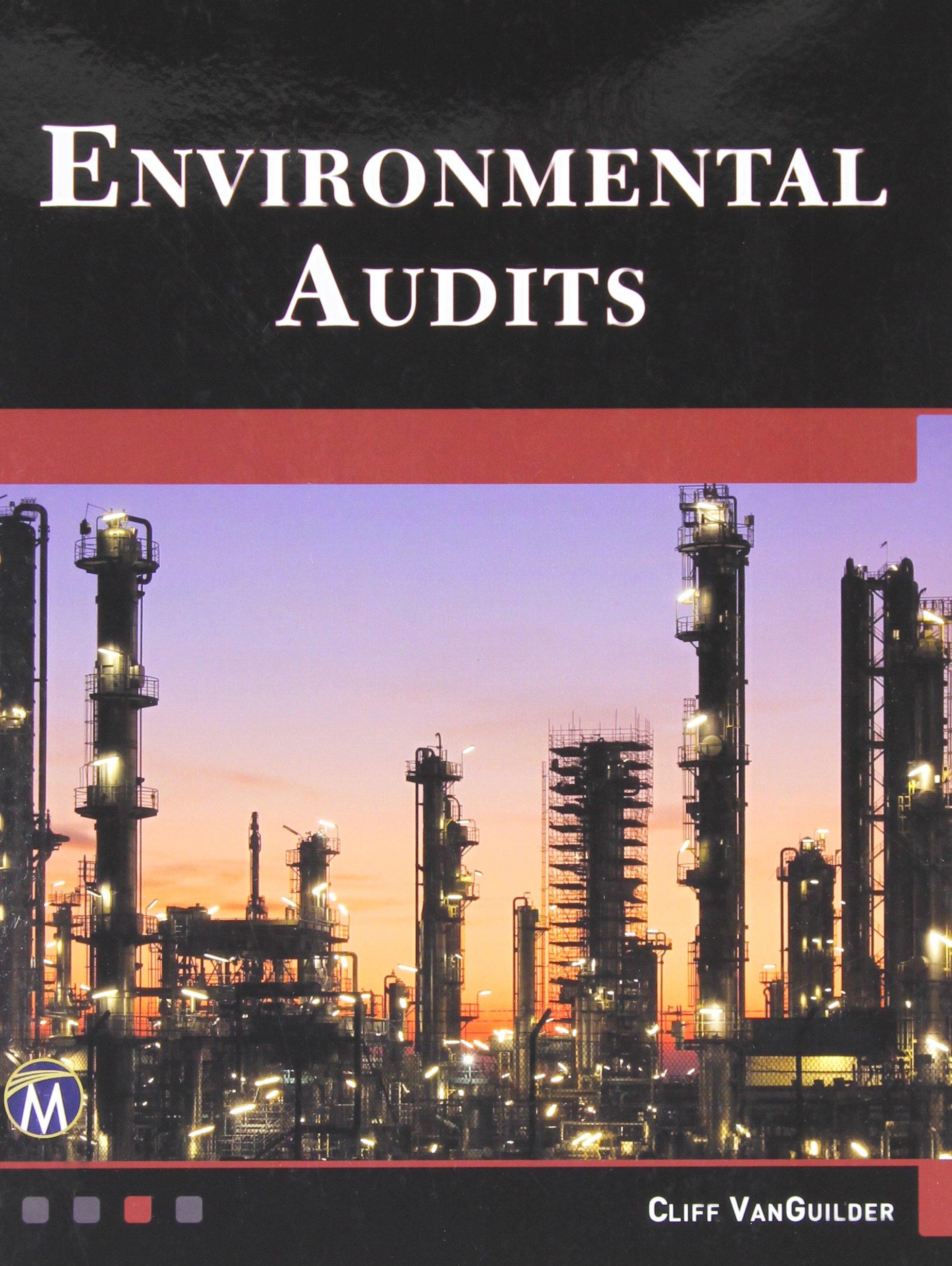Download the Applying Excel form and enter formulas in all cells that contain question marks. For example, in cell D21 enter the formula -014" Notes: In the text, variances are always displayed as positive numbers. To accomplish this, you can use the ABS() function in Excel. For example, the formula in cell B25 would be *ABS(F21-F22)" Cells C25 through C27, C34 through C36, and C43 through C45 already contain formulas to compute and display whether variances are Favorable or Unfavorable. Do not enter data or formulas into those cells if you do, you will overwrite these formulas After entering formulas in all of the cells that contained question marks, verify that the amounts match the numbers in the example in the text. Check your worksheet by changing the direct materials standard quantity in cell B6 to 29 pounds, the direct labor standard quantity in cell B7 to 06 hours, and the variable manufacturing overhead in cell B8 to 0.6 hours. The materials spending variance should now be $1500 U, the labor spending variance should now be $3,720 F. and the variable overhead spending variance should now be $60f you do not get these answers, find the errors in your worksheet and correct them. Save your completed Applying Excel form to your computer and then upload it here by clicking "Browse." Next, click "Save." You will use this worksheet to answer the questions in Part 2 Chapter 10: Applying Excel Data Exibir 10-1: Standard Cost Card Inputs Direct materials Direct labor Variable manufacturing overhead Standard Quantity 2.9 pounds 0.60 hours 0.60 hours Standard Price $4.00 per pound $22.00 per hour $600 per hour Actual results Actual output Actual variable manufacturing ovemead cost 2,000 units $7,140 Actual Quantity 6,500 pounds 1,050 hours Actual direct materials cost Actual direct labor cost Actual price $3.80 per pound $21.60 per hour Enter a formula into each of the ces marked with a 7 below Main Example: Chapter 10 7 pounds ? pounds 2 pounds 2 per pound 2 per pound 2 per pound ? 2 Exhibit 104: Standard Cost Variance Analysis - Direct Materials Actual Quantity of Input at Actual Price Actual Quantity of Input, at Standard Price Standard Quantity Allowed for the Actual Output, at Standard Price Direct materiais variances: Materials price variance S Materials quantity variance Materials spending variance ? 2 7 2 per hour 7 per hour por hour ? 2 ? ? 9 Exhibit 10-6: Standard Cost Variance Analysis - Direct Labor Actual Hours of Input, at Actual Rate 2 hours 1 Actual Hours of input, at Standard Rate ? hours 2 Standard Hours Allowed for the Actual Output, at Standard Rate 2 hours 3 Direct labor variances: 4 Laborrate variance 5 Labor efficiency variance 56 Labor spending variance ? 17 18 Exhibit 10-8: Standard Cost Variance Analysis-Variable Manufacturing Overhead 39 Actual Hours of Input, al Actual Rate 2 hour o Actual Hours of Input, at Standard Rate 2 HOUR 31 Standard Hours Alowed for the Actual Output, at Standard Rate PO 2 Variable overhead varances 43 Variable overhead rate variance 44 Variable overhead officiency variante 45 Yahle overhead spending van Portour per hour ? Do tour Chapter 10: Applying Excel: Exercise (Part 2 of 2) Requirement 2: Revise the data in your worksheet to reflect the results for the subsequent period as shown below. B D 1 Chapter 10: Applying Excel 2 Standard Quantity 3.0 pounds 0.50 hours 0,50 hours S $ Standard Price 4.00 per pound 22.00 per hour 6.00 per hour $ 3 Data 4 Exhibit 10-1: Standard Cost Card 5 Inputs 6 Direct materials 7 Direct labor 8 Variable manufacturing overhead 9 10 Actual results: 11 Actual output 12 Actual variable manufacturing overhead cost 13 14 Actual direct materials cost 15 Actual direct labor cost + $ 1,880 units 7,052.50 Actual Quantity 5,480 pounds 1,085 hours $ $ Actual price 4.10 per pound 22.50 per hour a-1. What is the materials quantity variance? (Indicate the effect of each variance by selecting "F" for favorable, "U" for unfavorable, and "None" for no effect fi.e., zero variance). The amount of the materials quantity variance a-2. What is the materials price variance? (Indicate the effect of each variance by selecting "F" for favorable. "U" for unfavorable, and "None" for no effect (i.e., zero variance)). The amount of the materials price variance b-1. What is the labor efficiency variance? (Indicate the effect of each variance by selecting "F" for favorable. "U" for unfavorable. and "None" for no effect (ie, zero variance)). The amount of the labor efficiency variance b-2. What is the labor rate variance? (Indicate the effect of each variance by selecting "F" for favorable. "U" for unfavorable, and "None" for no effect (i.e., zero variance). Round your final answer to nearest whole dollar amount.) The amount of the labor rate variance c-1. What is the variable overhead efficiency variance? (Indicate the effect of each variance by selecting "P" for favorable, "U" for unfavorable, and "None" for no effect (i.e., zero variance)). The amount of the variable overhead efficiency variance c-2. What is the variable overhead rate variance? (Indicate the effect of each variance by selecting "F" for favorable, "U" for unfavorable, and "None" for no effect (i.e., zero variance)). The amount of the variable overhead rate variance












